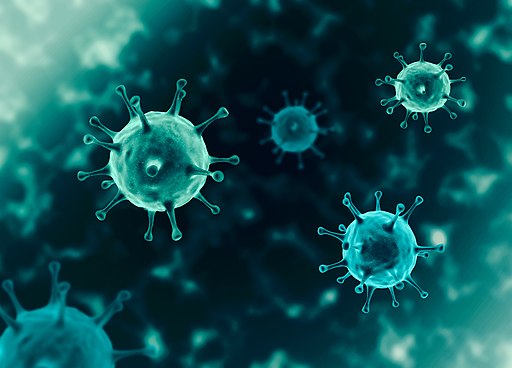 The COVID-19 pandemic has taught us that indoor air quality matters. It has also taught us that indoor spaces need clean air in order to protect the health and well-being of the people inside. According to a study done by MIT, researchers found that indoor relative humidity may also influence the transmission of the virus.
The COVID-19 pandemic has taught us that indoor air quality matters. It has also taught us that indoor spaces need clean air in order to protect the health and well-being of the people inside. According to a study done by MIT, researchers found that indoor relative humidity may also influence the transmission of the virus.
In a recent study appearing in the Journal of the Royal Society Interface, the MIT team reports that maintaining an indoor relative humidity between 40 and 60 percent is associated with relatively lower rates of COVID-19 infections and deaths, while indoor conditions outside this range are associated with worse COVID-19 outcomes. To put this into perspective most people are comfortable between 30 and 50 percent relative humidity, and an airplane cabin is 20 percent relative humidity.
To conduct this research, the MIT team focused on the early period of the pandemic when vaccines were not yet available. This is important because with vaccinated populations it would be unclear the influence of any other factor, such as humidity.
In order for the MIT team to find this “sweet spot” between 40 and 60 percent relative humidity, the researchers found that whenever a region experienced a rise in COVID-19 cases and deaths, the estimated indoor relative humidity was below 40 percent or above 60 percent.
According to co-author Lydia Bourouiba, director of the MIT Fluid Dynamics of Disease Transmission Laboratory, “indoor ventilation is still critical.” However, “maintaining an indoor relative humidity in that sweet spot — of 40 to 60 percent — is associated with reduced Covid-19 cases and deaths.”
This study relates to AP Biology as COVID-19 affects the immune system. When the virus first enters the body, the body’s response starts by engaging two kinds of immune cells: B cells, which produce antibodies that fight off the virus, and T cells, which destroy infected cells. After this initial response, levels of antibodies in the bloodstream begin to fall. The humidity in the air also relates to biology because in low humidity environments below 40 percent our mucous membranes dry and this “mucociliary clearance” process is impaired. This leaves us more susceptible to airborne infections, like the flu or common cold. When the relative humidity is above 60 percent, as in the case of humid weather, the sweat your body produces cannot evaporate, leaving our bodies feeling hot and sticky. To cool off, our bodies must work even harder. This results in excessive sweating, increased rate and depth of blood circulation and increased respiration. This generates a negative feedback loop to help our body return to a normal state (homeostasis).



Leave a Reply